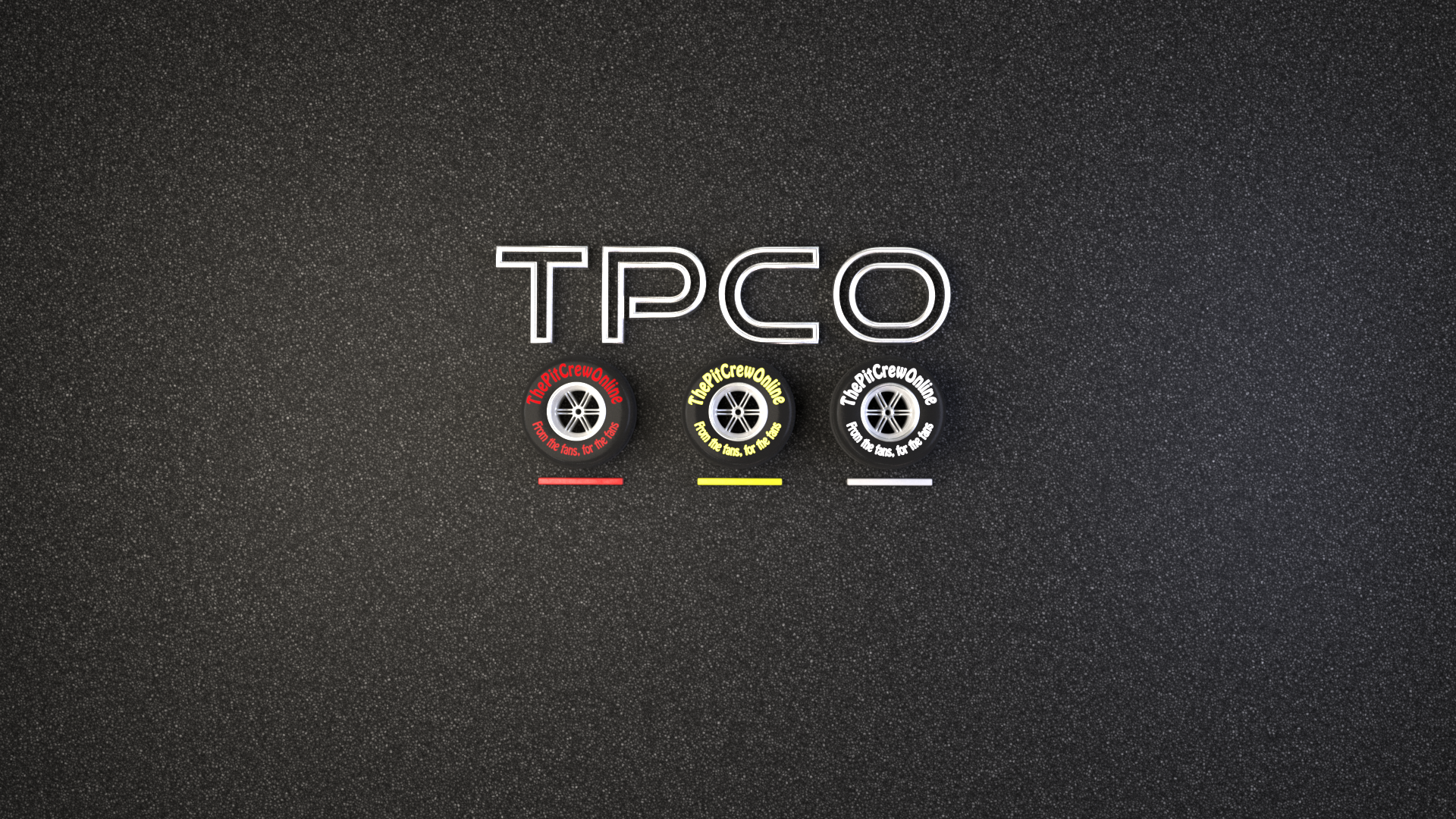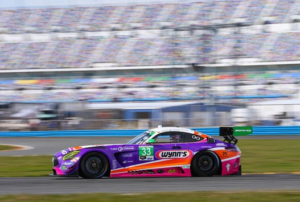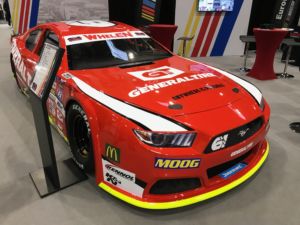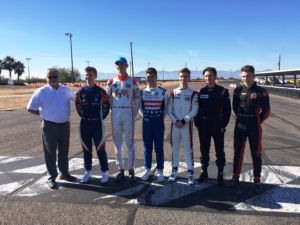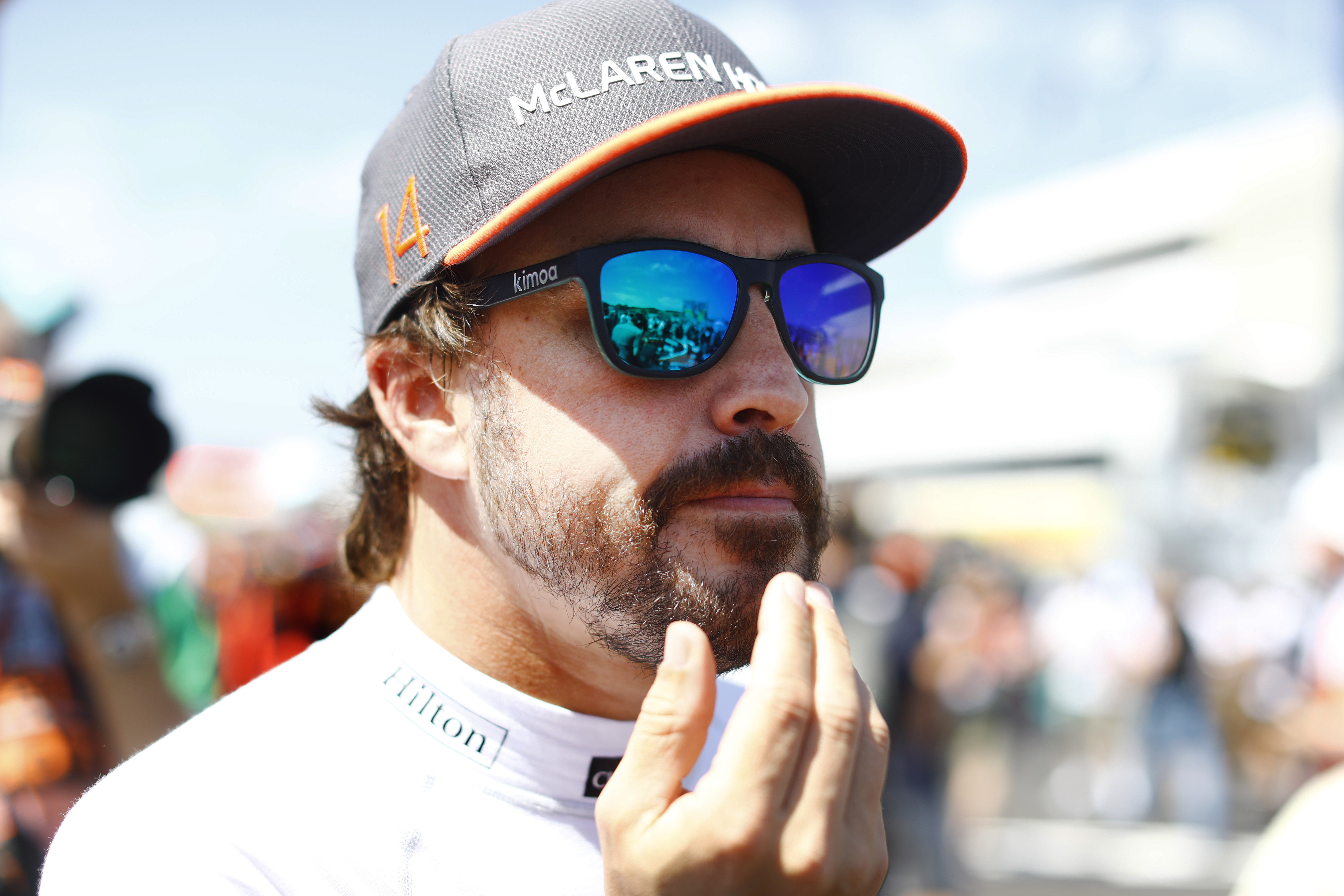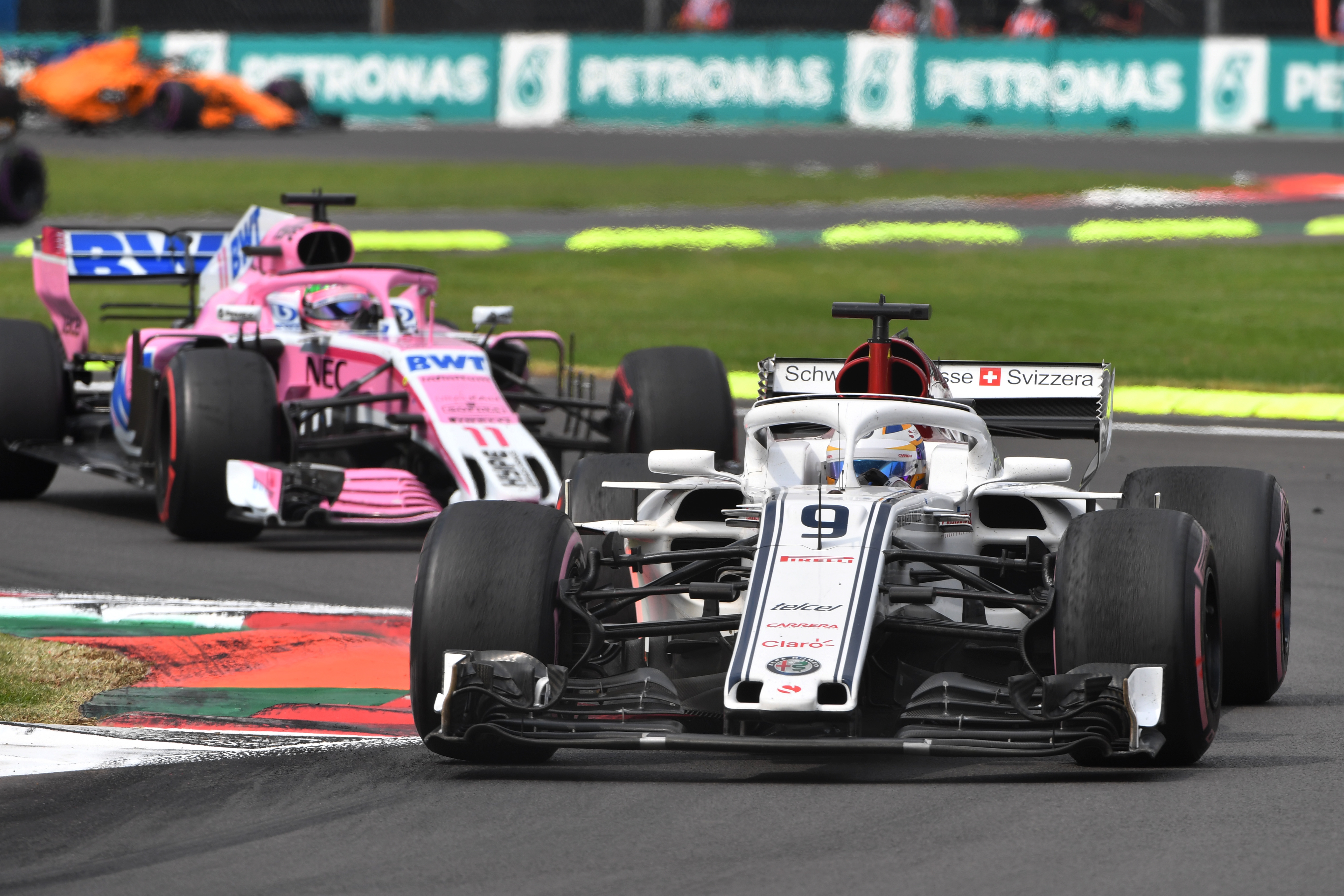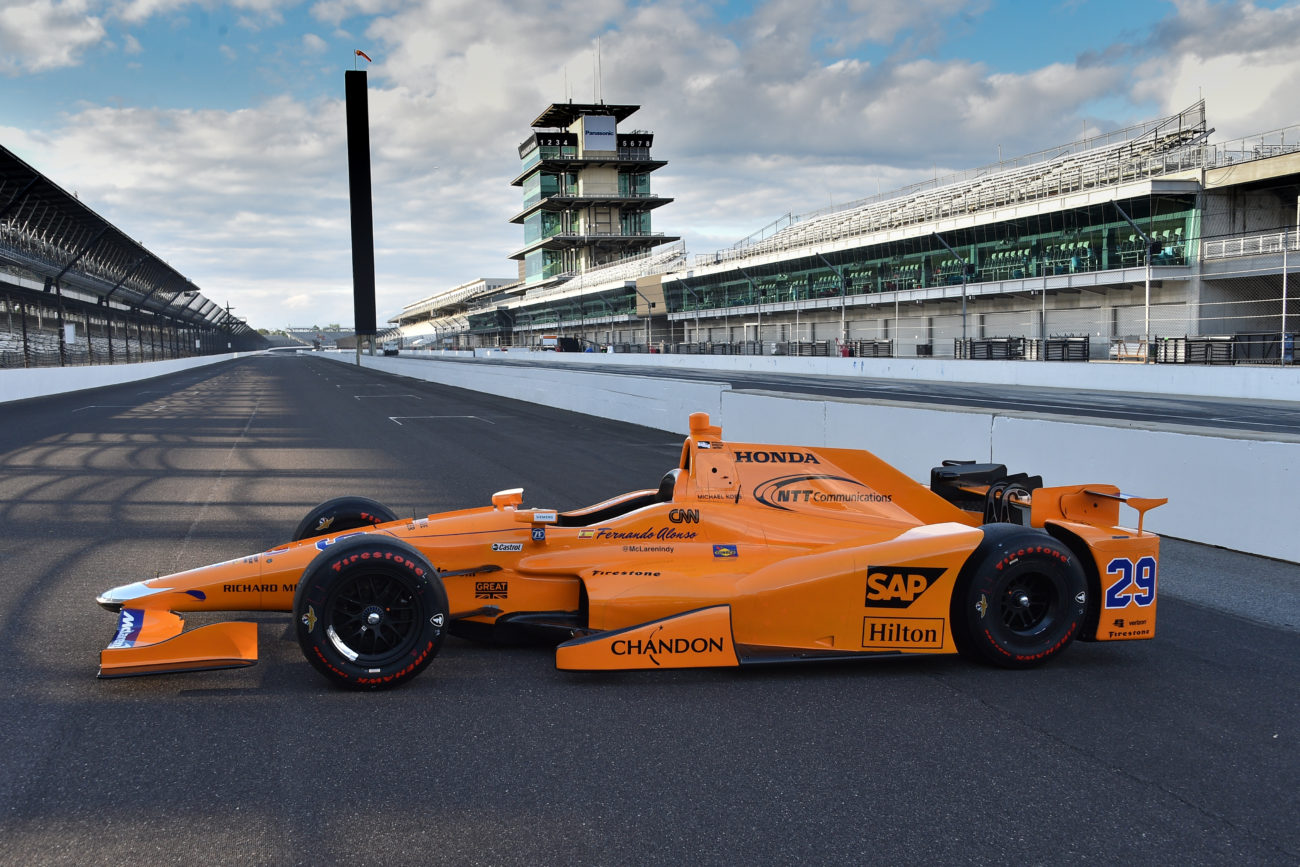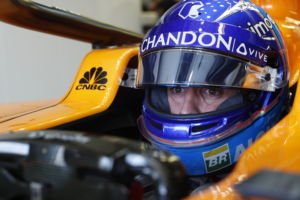The #10 Wayne Taylor Racing (WTR) has done what many expected it to do before the race, take the victory in relatively dominant fashion. However, that win looked less than certain at times with the team avoiding disaster on more than one occasion. Daytona Prototype international (DPi) stole most of the headlines, but it was an intense race throughout the field with three other worthy winners in addition to the #10.
The 24-hour race lived up to the common IndyCar and NASCAR saying of ‘cautions breed cautions’ with 16 yellow periods, many of which came in quick succession of the previous caution. The rain was as bigger factor as any in deciding the race; forecasts predicted it would hit the track at 5 am local time and it arrived pretty punctually, starting to fall in the fourteenth hour of the race and then relentlessly falling for the remainder of it. The two red flags were both caused by excessive amounts of water on the track, with the second red flag eventually bringing an end to the race, ten minutes short of the scheduled time.
Qualifying is never the most important thing in a 24-hour race, and this was proven by the fact that only one of the four polesitters made it onto the class podiums. Despite this, the #77 Mazda DPi polesitter was a strong front-runner, leading on multiple occasions and fighting hard with the #10 WTR, #31 Whelen Engineering and the two Penskes; that was until the car caught fire in the night and was forced to retire.
The #55 Mazda didn’t exactly fare much better… after showing strong pace in the first half of the race, the #55 stopped out on track, disappeared behind the wall and was eventually retired from the race, just short of the seventeenth hour. Mazda had the pace, but they lacked the reliability, and that’s a problem in a 24-hour race.
Fortune was much more in favour of the victorious #10 with Fernando Alonso delivering an incredible overnight performance, and then another masterclass in the torrential rain, to help the team to the win. Jordan Taylor, Kamui Kobayashi and Renger Van Der Zande all also delivered admirable performances with teamwork well and truly making the dream work.
Towards the end of the race, the #31 looked to be in prime position for the win, but, like so many others, Felipe Nasr fell victim to the very slippery Turn 1, running wide and conceding the lead to Alonso shortly before the final red flag was flown. Second was clearly a bit of a disappointment for the Whelen Engineering team as they were so close to the victory, yet came away just one place short. Like most the other non-winners, they’ll be leaving Daytona thinking ‘what if…’.
Penske went into Daytona almost expecting a win, so coming away with only one of their cars on the podium is obviously going to be a bit of a let-down for them. Both the #6 and #7 were contenders for the win, but it all went wrong for the #6 when, not long after the race resumed from the first red flag, Simon Pagenaud pulled into the pits with white smoke billowing from the engine. The #6 went behind the wall and lost seventeen laps to the leader, re-emerging to finish the race in sixth place. The #7 had a better race, finishing third as the last car on the lead lap in DPi but there were certainly points, especially when Alexander Rossi was at the wheel, when it looked like they could’ve won.
With only four LMP2s in the race, there was always a risk that there wouldn’t actually be enough finishers to fill the podium; this was the reality when polesitter and eventual third-place finisher #81 stopped on track with three hours left on the clock and failed to get going again.
The #18 was nearly another casualty in LMP2 as it found itself in the barriers shortly before the final red flag. Despite the late incident, it was the #18 DragonSpeed that took the class win at the hands of Roberto Gonzalez, Pastor Maldonado, Sebastian Saavedra and Ryan Cullen. Saavedra summed up the situation under the second red flag better than anyone else stating that “these cars are not meant to be boats” when the Daytona track was more like a river.
GTLM was the only class where all entries were still running by the time the second red flag came out, but that’s not to say that the class didn’t have its share of drama.
Most of the media hype was centred around the car that ended up finishing last in class – the #24 BMW with a certain Alex Zanardi on the team. Trouble started for the team before even the second hour of the race when Zanardi got in for his first stint and the car failed to get away. It turned out to be a problem with the steering rack and its response to Zanardi’s specially adapted wheel and, after a bit of toing and froing, the #24 was back on track. During his stint, Zanardi was setting fastest laps for the class but it wasn’t long before trouble struck the team again and they eventually trundled home eighteen laps off the lead.
The other BMW, the #25, had a much better race as they took the class win after a relatively clean race where they only really had two dramas: one was a broken windscreen wiper and the other was some damage caused by puncture debris from another car. The successful crew were Connor De Phillippi, Philipp Eng, Colton Herta and Augusto Farfus, the latter of whom was a last-minute replacement for Tom Blomqvist who was ruled out of the race due to visa issues.
GTD was the largest class and proved to be where a lot of the action was at. There were various crashes, spins and breakdowns in the 23-car GTD field, but it was the #11 Grasser Racing run Lamborghini that took the victory after long-time leaders, #33 Mercedes, spun out just minutes before the red flag was flown. Three different manufacturers occupied the podium with Lamborghini winning, the Montasplast run Audi second and the AIM Vasser Sullivan run Lexus third – showing just how competitive the field was throughout the race.
That concludes what was a brilliantly eventful Rolex 24 at Daytona, packed full of action for every minute of the green flag running, and even for some of the yellow and red running! The IMSA season continues at Sebring on the 14th-16th March.
Results:
DPi
1) #10 Wayne Taylor Racing – Van Der Zande / J. Taylor / Alonso / Kobayashi
2) #31 Whelen Engineering Racing – Nasr / Curran / Derani
3) #7 Acura Team Penske – Montoya / Cameron / Pagenaud
LMP2
1) #18 DragonSpeed – Gonzalez / Maldonado / Saavedra / Cullen
2) #38 Performance Tech Motorsports – K. Masson / R. Masson / Cassels / Wright
3) #81 DragonSpeed – Hedman / Hanley / Lapierre / Allen
GTLM
1) #25 BMW Team RLL – Farfus / De Phillippi / Eng / Herta
2) #62 Risi Competizione – Rigon / Molina / Pier Guidi / Calado
3) #912 Porsche GT Team – Bamber / L. Vanthoor / Jaminet
GTD
1) #11 Grasser Racing Team – Ineichen / Bortolotti / Engelhart / Breukers
2) #29 Montaplast by Land Motorsport – Morad / Mies / D. Vanthoor / Feller
3) #12 AIM Vasser Sullivan – Montecalvo / Bell / Telitz / Segal
To view the full race results click here
(Featured image credit: IMSA)
